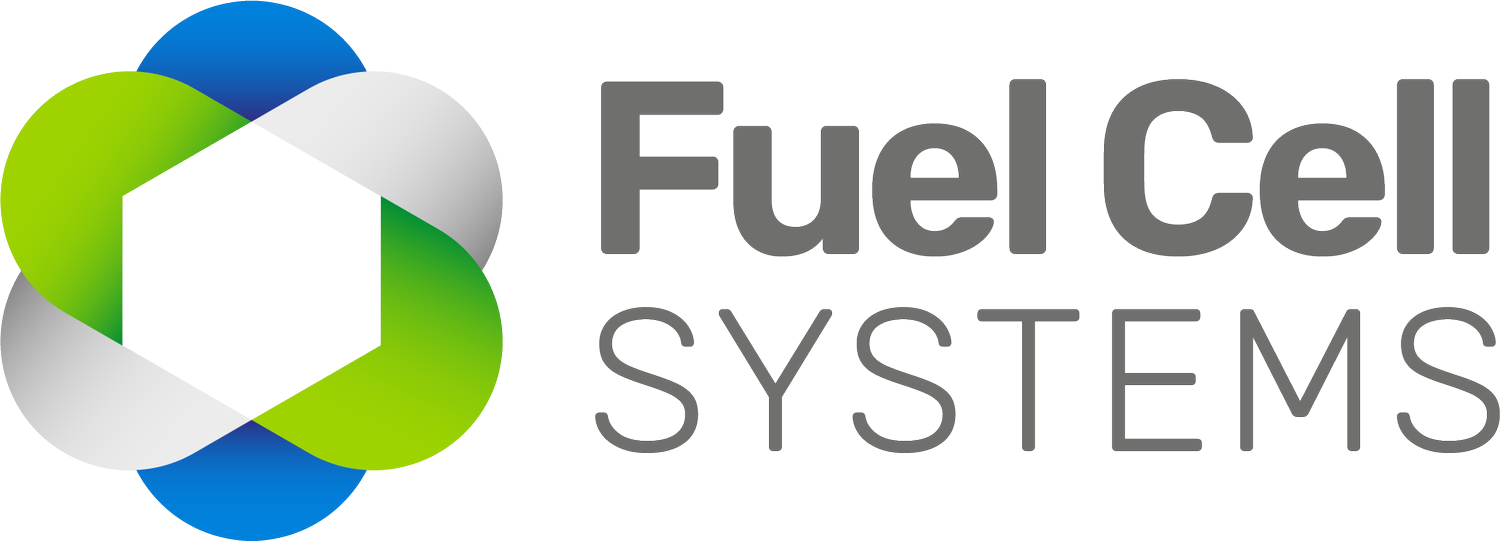
Hydrogen FAQs
About Hydrogen Fuel:
-
Hydrogen fuel is a clean and renewable energy source that is produced from hydrogen gas. It is considered a promising alternative to traditional fossil fuels because it can be used to generate energy with minimal environmental impact.
Hydrogen can be produced through several methods, including electrolysis, where water is split into hydrogen and oxygen using an electrical current, and steam methane reforming, where oxygen is extracted from natural gas. Other methods include biomass conversion and high-temperature thermochemical processes.
-
Using hydrogen gas as a clean energy resource offers several benefits, which make it an attractive option for a more sustainable and low-carbon energy future resource, including zero emissions, high energy density, versatile fuel cell technology and the ability to decouple energy sources. It can play a crucial role in reducing greenhouse gas emissions, enhancing energy security and promoting economic growth, making it a promising solution for a low-carbon energy future.
-
Green, blue and grey hydrogen are terms used to describe hydrogen production methods with varying environmental and carbon footprints.
1. Green hydrogen:
- Produced using renewable energy sources, typically through water electrolysis, where electricity (often from wind or solar), is used to split water into hydrogen and oxygen.
- Has no direct greenhouse gas emissions during production, making it the cleanest option.
- Considered environmentally friendly and a key element of efforts to decarbonise industries and transportation.
2. Blue hydrogen:
- Produced from natural gas through a process called steam methane reforming (SMR) or autothermal reforming.
- Carbon emissions generated during production are captured and stored using carbon capture storage (CCS) technology to prevent their release into the atmosphere.
- While the hydrogen itself is low in emissions, the CSS process is crucial for reducing the carbon footprint.
3. Grey hydrogen:
- Also produced from natural gas, typically through SRM or autothermal reforming.
- Lacks carbon capture and storage, resulting in significant greenhouse emissions, primarily in the form of carbon dioxide.
- It is the least environmentally friendly of all the three types, as it heavily contributes to carbon emissions.
Overall, the primary difference between these types of hydrogen is their carbon emission profile. The move towards green and blue hydrogen is seen as a way to reduce the environmental impact of hydrogen while maintaining its versatility as a green energy carrier.
-
Hydrogen technology can significantly aid businesses in achieving sustainability and reduce their carbon footprint through several key avenues. It offers a clean energy source that replaces traditional fossil fuels, reducing direct emissions. Additionally, hydrogen can be produced using renewable sources, known as green hydrogen, further lowering carbon impact. Hydrogen is also a reliable energy carrier, promoting energy efficiency and grid stability, while its use in transportation, industry and heat applications allow businesses to decarbonise operations. By embracing hydrogen technology, companies can adhere to environmental regulations, enhance their reputation, foster innovation and support global sustainability goals, all while contributing to a cleaner, more sustainable future.
-
Hydrogen refuelling, compared to traditional fossil fuels often involves higher production and infrastructure costs. While hydrogen can be a clean energy carrier, its environmental impact depends on the method of production. Green hydrogen, produced from renewable sources, offers low-carbon emissions, but grey hydrogen, generated from natural gas, contributes to significant emissions. In contrast, traditional fossil fuels have established, cost-efficient supply chains but result in substantial greenhouse gas emissions when burned. The choice between the two depends on a variety of factors, including regional energy availability, policy incentives and long-term sustainability goals.
Our Hydrogen Services:
-
FCS offers a wide range of hydrogen refuelling solutions to support various applications.
Mobile hydrogen refuelling solution: FCS provides a mobile hydrogen refuelling solution with the hyTruck, which offers on-the-go hydrogen refuelling for diverse vehicle types, such as hydrogen-powered cars, buses and industrial equipment.
Static hydrogen refuelling stations: FCS’ stationary hydrogen refuelling units, the hyFlow and the hyQube, establish a reliable and fixed hydrogen refuelling infrastructure for fleet operations, public refuelling stations and industrial applications, ensuring a consistent and readily available hydrogen supply.
Electrolyser containers: In addition to hydrogen refuelling, FCS supplies electrolyser containers for hydrogen production. These containers enable the generation of hydrogen through electrolysis, often powered by renewable energy sources, contributing to green hydrogen production, which is environmentally sustainable and low in emissions.
Our comprehensive suite of hydrogen technologies, including production and refuelling options, support a wide range of industries and applications, facilitating the growth and adoption of clean hydrogen technologies for a sustainable and low carbon future.
-
Yes, all our products are environmentally friendly. The frames of our products are constructed from aluminium, which is known for its recyclability and sustainability. In addition, the hydrogen components used in our products are made of stainless steel, another highly recyclable material. This commitment to using recyclable materials aligns with our dedication to minimising the environmental impact of our products and contributing to a more sustainable and eco-friendly approach in the hydrogen industry.
-
To request a quote or get in touch with FCS, you can send an email to enquiries@fuelcellsystems.co.uk. For additional information or immediate assistance, please call us on: +44 1488 900009. Our Engineering Team is here to address your enquiries and provide the information you need.
-
The expected lifetime of FCS products is approximately 10 years. These products are designed to provide long-term reliability and performance. To maintain their efficiency and safety, regular servicing is recommended. We advise scheduling maintenance every six months to ensure that our products continue to operate optimally throughout their lifecycle. This routine servicing helps address any potential issues and extends the lifespan of our equipment.
-
Yes, all of our products can be rented, providing flexibility to our customers. However, it is worth noting that the one exception to this is the electrolyser containers, which are available for purchase but not for rental.
Hydrogen Fuel Applications:
-
Hydrogen refuelling works by providing compressed hydrogen gas to vehicles equipped with hydrogen fuel cell systems. These vehicles including cars, buses, trucks and even forklifts use hydrogen to generate electricity through fuel cells, which power an electric motor. During the refuelling process, high-pressure hydrogen is transferred from the dispenser to the vehicle’s storage tanks, similar to refuelling gasoline or diesel vehicles. This process typically takes just a few minutes, making it suitable for various types of hydrogen fuel cell vehicles, which produce zero-tailpipe emissions and are part of efforts to reduce greenhouse gas emissions in transportation and beyond.
-
Hydrogen technology is suitable for off-grid and remote locations because it can store energy, be produced locally and provide a reliable and clean energy source. It reduces dependency on fossil fuels and improves energy dependency in such areas, although infrastructure and production costs should be considered.
